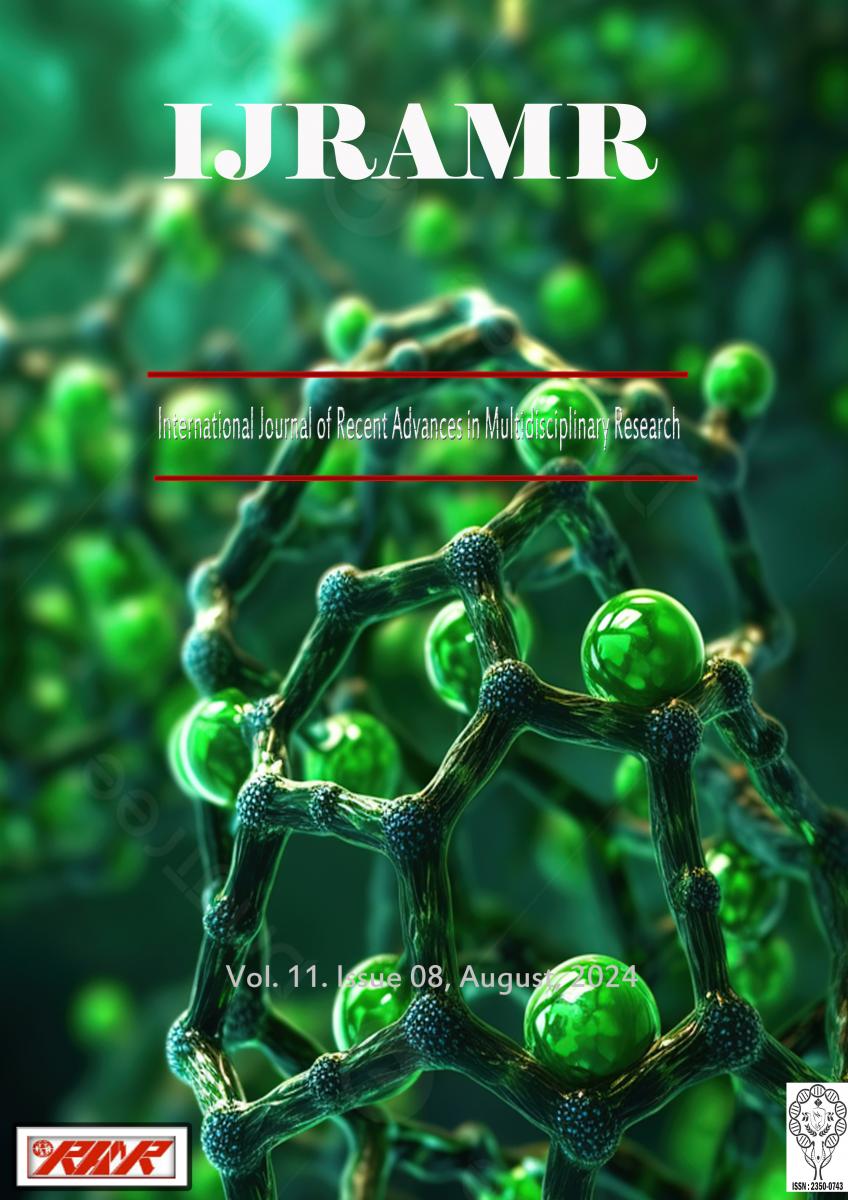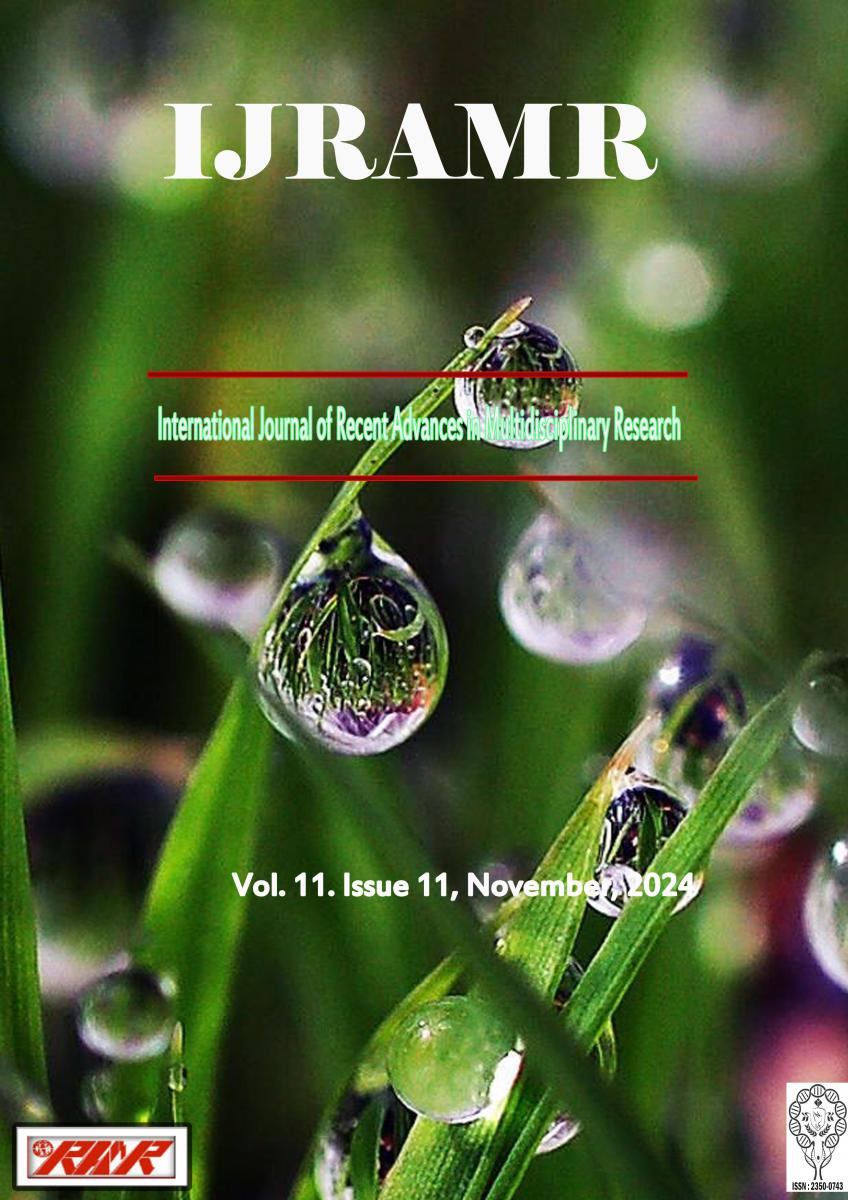Background: Healthcare burden is rising steadily globally across nations. Individuals and governments are in search of effective and affordable solutions. Evidence has shown that some seeds with food values also have medicinal potentials. Aims: A comparative analysis of the phytochemical composition of eight seeds used to control diseases in Eastern Nigeria. To support suitable choices and easy access of clinical evidence to busy healthcare professionals and decision makers. And to promote exploration of nutritional and economic values of the seeds. Methodology: The theories are community approach to intervention services and native medicine, method is a systematic review. Peer reviewed evidence that the phytochemical compositions of the seeds were collated and analyzed. Search engines were Google, Google scholar, Firefox. Results: Although evidence suggests that the seeds are rich in phytochemical compounds, which have disease controlling properties, modern medicine has more evidence. Highest quantity of alkaloids 14.62% occurred in Chrysophyllum albidum, lowest occurred in Mangifera indica, 0.01 mg/100 g. Chrysophyllum albidum, was also on the lead for flavonoids, with a score of 11.20% and Hunteria umbellata scored the least, 0.30 mg/kg. And for saponin, the highest level occurred in Chrysophyllum albidum, 21.14% and Mangifera indica, scored lowest, 0.04 mg/100 g; while Chrysophyllum albidum, was top 23.32% for tannins and Huntertia umbellata came last, 0.20 mg/kg. Terpenoids were lowest, 1.24% in Chrysophyllum albidum. and lowest in Hunteria umbellata was 1.33 mg/100 g. Highest phenols, 164.78% occurred in Anacardium occidentale and the least in Chrysophyllum albidum, 0.48%. Outcome can be beneficial to users. Conclusion: The seeds are rich in phytochemical compounds in varying amounts, which have nutritional and pharmacological values.






